A lot of kids think that their dad's job sucks. And I did, too.
He's a fur trapper.
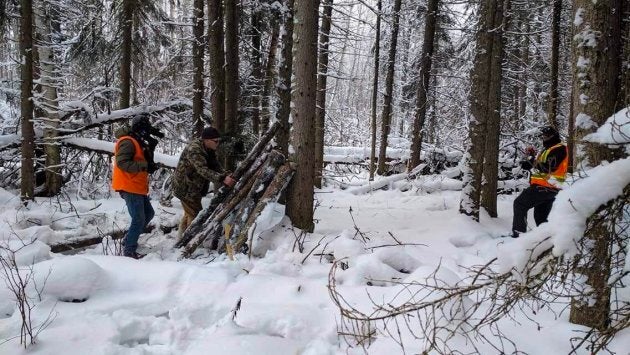
Yeah, I know your dad is an accountant and the biggest risk he faces is an audit or a paper cut. By comparison, my old man's biggest fear is a widow maker — an old tree ready to collapse and crush anything on its way down. That and he routinely bare-hands steel traps in the crushing cold of a brutal Canadian winter, where seeing temperatures plunge to below -40 degrees Celsius is almost guaranteed.
For as long as I can remember, fur trapping has been a part of my life through my father. In my hometown of Roblin (on the western edge of Manitoba), I'd come home from school and he'd be skinning beavers in the garage. I know now that it's not an ordinary thing in most modern Canadian households, but to me, that was normal.

My dad, Chuck, started working as a helper on a trapline when I was four or five years old. To me, the sights and smells became everyday things — things that most kids never got to experience.
I used to tell my dad he was barbaric and make fun of him. I was more into music, film and trying not to be awkward around girls.
As I got older, the trapline got further and further away. I moved to Winnipeg to go to school and kind of forgot about trapping. I found my way working in television and started to excel with a camera in my hand.

About five or six years ago, while working at a local TV news station, I was given the opportunity to produce short documentaries and pitched the idea of spending a weekend on my dad's trapline, documenting the activities and exploring the challenges in an ever more modernized world. I didn't really know it then, but that was that was the beginning of something bigger.
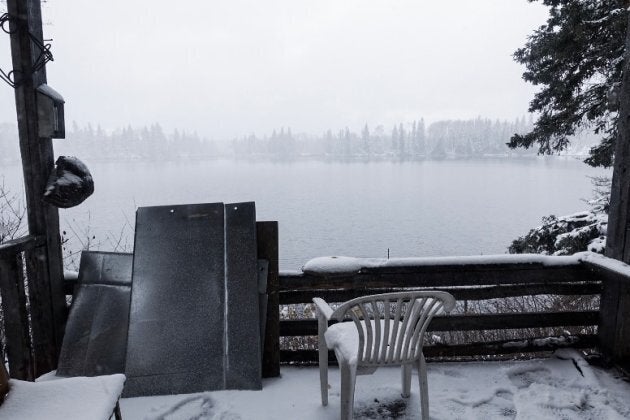
Fast forward a few years. I co-founded Ice River Films with the goal of working on large-scale documentaries. My business partner Andrew Wiens and I were batting ideas around, and fur trapping would always pop into my head. The challenge was how to bring the larger story to life. Then, one day, it happened. I figured it out. The best way to tell this story was to put me in it.
I've never had any desire to be in front of the camera. That's not my style, and to be perfectly honest, I had to talk myself into it. The only way this would work and give this film the life it deserved was to embed myself in my dad's work on the trapline and actually spend a winter learning what it takes to maintain it.
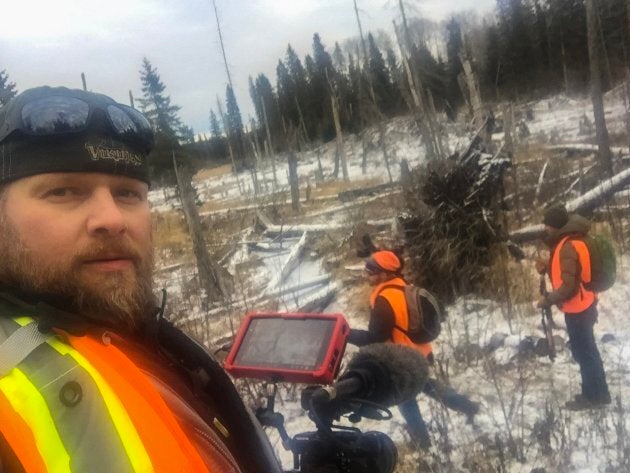
Soon I was following my old man's hard-learned bushcraft skills in the unforgiving setting of the Duck Mountains of the Manitoba wilderness. I was carving out deadfalls, trying not to saw off a limb while clearing trail with a chainsaw. I'd look for marten tracks in the snow to find out where to set traps; then I'd have to physically set the bastards.
(I don't know how strong the average man's hands are, but I can tell you, setting a steel trap by hand isn't easy.)
I even learned to navigate a beaver house, where a wrong step could plunge a man through thin ice and lead to a great deal of unpleasantness. Needless to say, it was not easy. No matter how macho you think you are living in the city, the trapline can make the strongest men wilt.

One of the most striking things that I learned during the whole process is my father's absolute love for animals. It may sound funny or counterintuitive, but he cares more for the animals on his trapline than most other people. Like many trappers, he views himself as a steward of the land. When the marten population is low, he'll take his traps away. After skinning, he'll take the carcass and let wolves and birds have their next meal. He's become part of the ecosystem on his trapline.
Regardless of where you fall on your opinion on fur trapping, it's an undeniable part of our country's story. For my part, I want people to understand the role of fur trapping in that history and that we wouldn't be in the same place today without it.
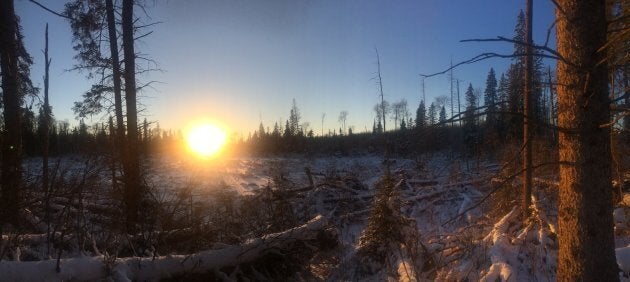
Throughout it all, I thought I was making a film about trapping. It turns out, I wasn't at all. When it came down to it and we started piecing the film together, the story revealed to us was more about a father and son reconnecting. There was a real passing of knowledge that I am so lucky to have gained. Trapping and the trapline itself was more like the backdrop to the story — a mechanism that allowed my dad and I to bond.
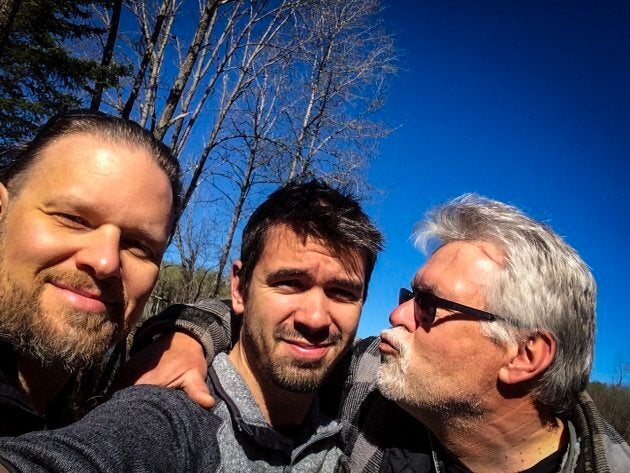
There aren't many times in a man's life where there's a natural balance, where the son proves himself to his father, where he can stand side by side with his father as equals. I'm not sure I'm fully aware of how meaningful this time was with my dad, but I do know that it was special.
Follow HuffPost Canada Blogs on Facebook
Also on HuffPost: